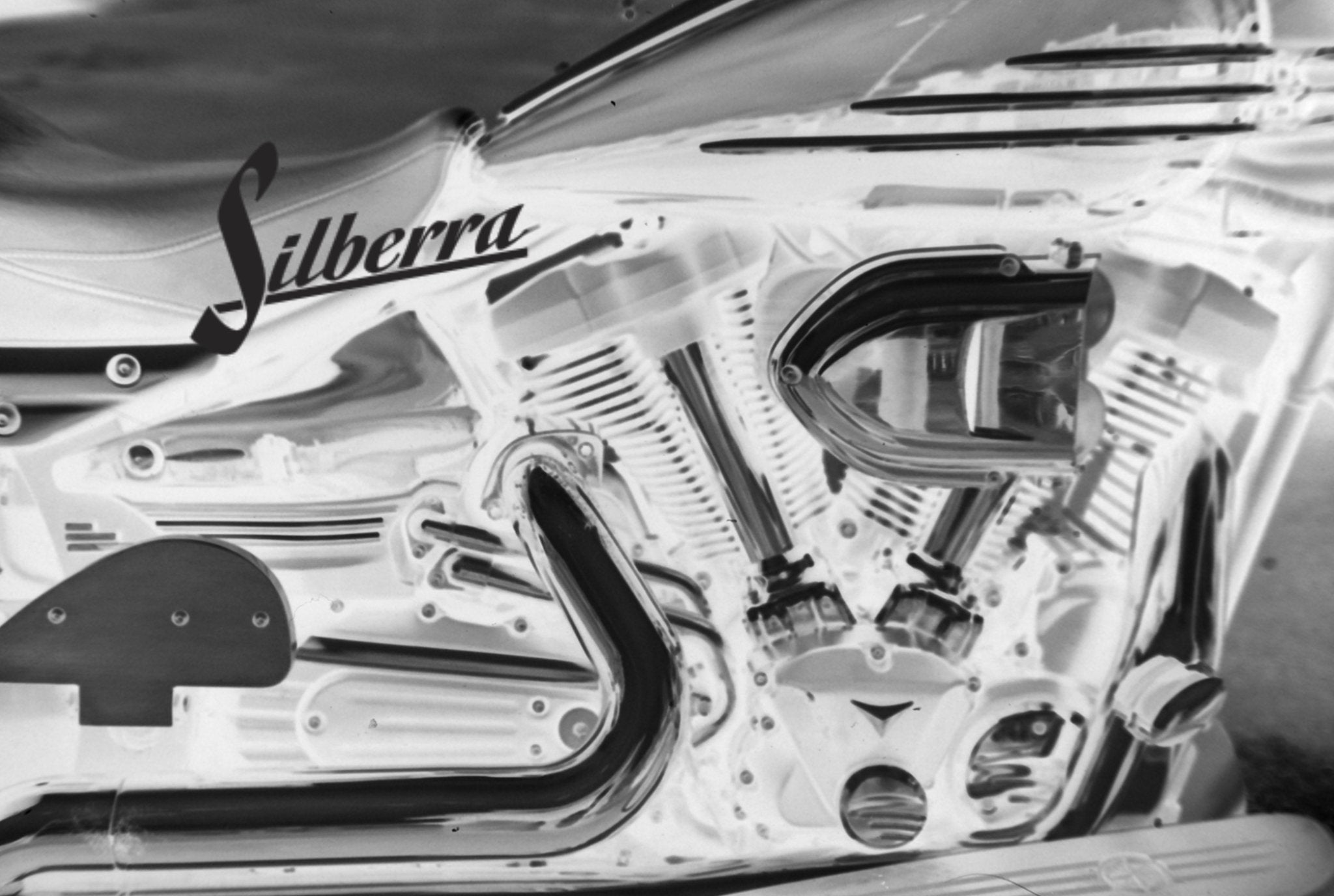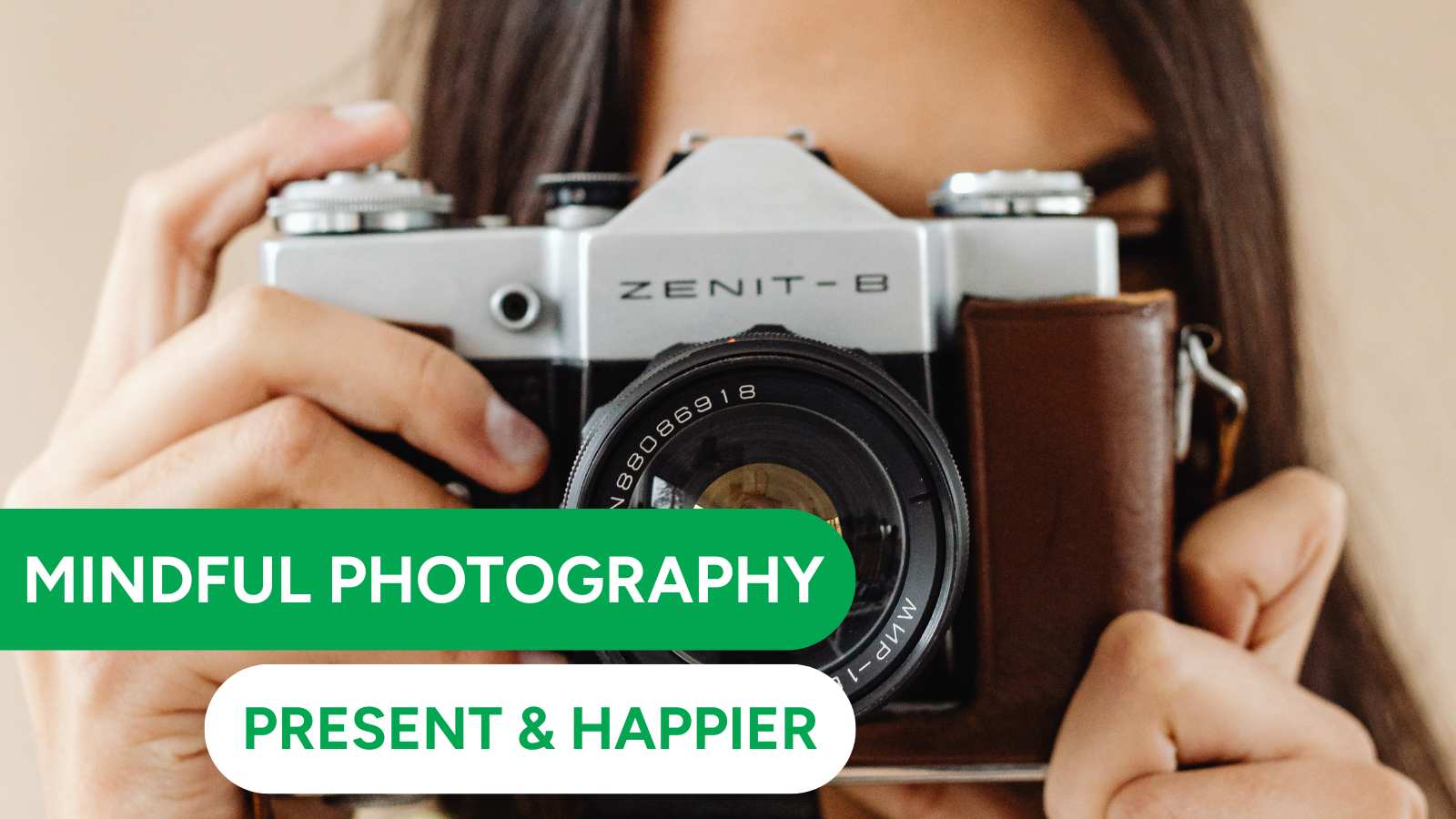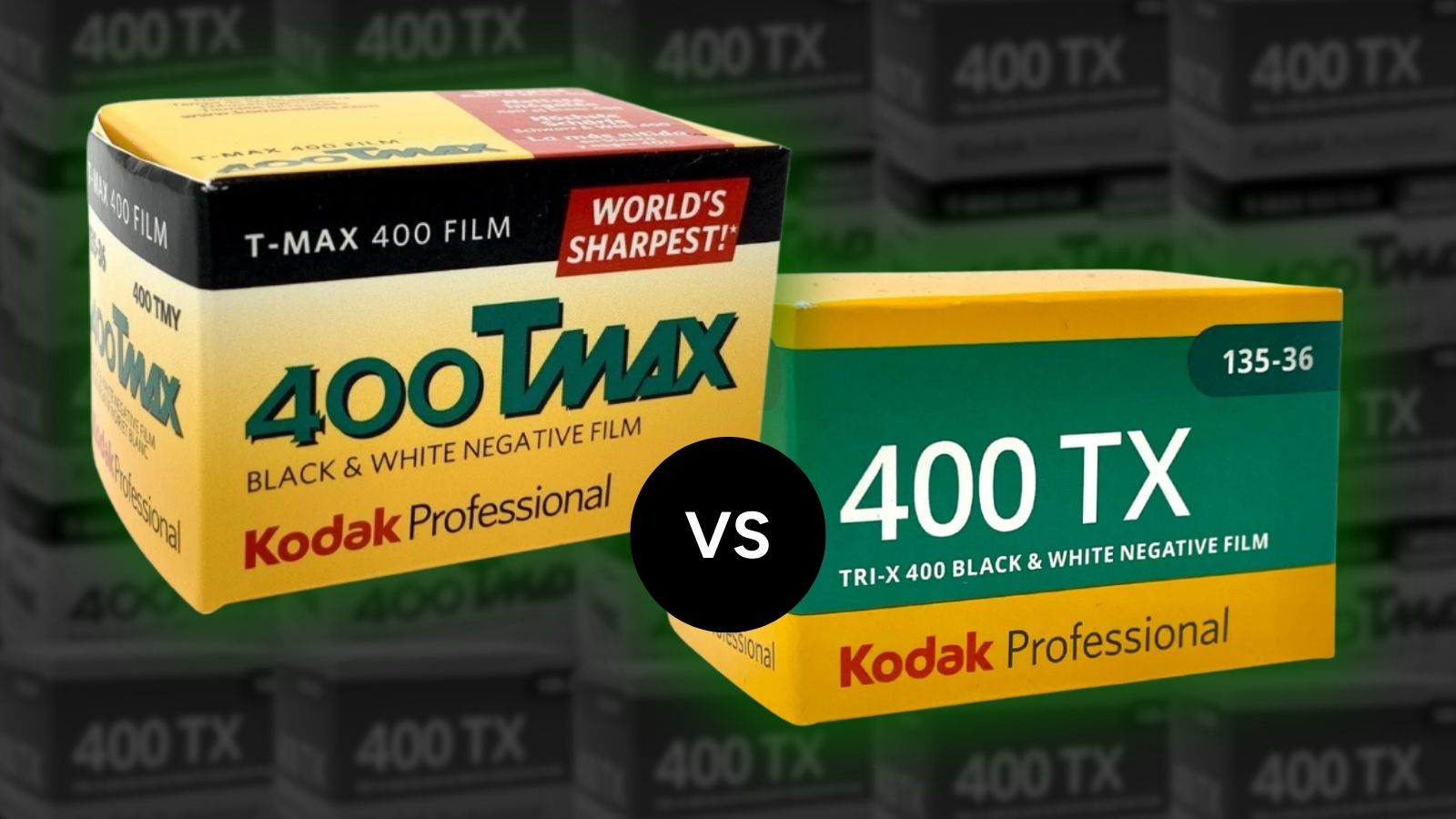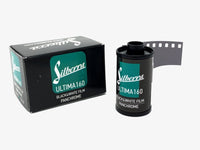Recent posts
Shop the article

From Russia With Love - Silberra Film Review
By Paul McKay
Silberra Film: A Fantastic New B&W Film Brand
We recently received the first shipment of Silberra 35mm film from St Petersburg and it has been flying out the door as photographers look to test the newest black and white emulsion on the block. We sat down with one lucky chap who had been part of the initial testing process to find out what he thinks. Over to you Howard!
The Beginning
I first became aware of Silberra Film about a year ago, and was immediately intrigued by what they were intending to do, make some genuinely new films based on their expertise as chemists and photographers. Based in St Petersberg, Russia, they had a lot of difficulties to overcome to bring their ideas to market.
They made some experimental films and set up a indiegogo campaign to fund their efforts. The campaign was a moderate success, they did not reach their ultimate goal, but collected enough money to make an initially reduced range of films.
While this was going on, they were kind enough to send me experimental samples of some of the emulsions that they were planning to make, together with some of their extensive range of photo chemicals.

First Impressions
Right away I realised this was very unusual film, when I loaded the first roll of Ultima 160 I saw that the film base was very thin and felt different from films from Ilford, Kodak etc. The film is coated with anti-curl and anti- halation layers as well as the actual light sensitive layers. The film base is very tough, don’t try tearing off the leader before you load it, use scissors. There is also an anti-scratch layer on there as well, so the stack of coatings is very complex.
The first roll of Ultima 160 I processed in RO9 (Rodinal) was very punchy, working with my normal agitation and dilution recipe. I had previously developed some Fomapan, which was still hanging up, and when I hung the Ultima 160 next to it I was astonished to see how clear the film was – no fog density at all – totally clear.
Silberra on left; Fomapan on right
Developing and Printing
The D-Max, the darkest black on the fogged leader, was deep but not solid. When i came to print on Ilford Multigrade paper, I arrived at grade 1.5 for the best result, which for me was very low. There is scope for experimentation so try your favourite developer and see what you get.

The film is amazingly sharp, resolving very fine detail, that goes for all the ultima films, and the grain structure is very, very fine and even.
The contrast was high, but it is very dependent on the developer and dilution, so i shot another test roll of Ultima 200 and processed it using a Silberra developer which they has kindly sent. This developer, Ascoroll, works extremely well with all of the Ultima films, it gives very fine grain and tames the contrast. I went back to my usual ro9 with another test roll and changed the dilution and time, getting very good results with normal contrast, you just have to tweak your normal recipes to get the best out of the film. The saying “expose for the shadows and develop for the highlights” is true here, the film is very tolerant of exposure variations.
The other films that Silberra have released so far are U200 and U400, which have the same thin film base and lack of fog level. The emulsions are a combination of t-grain and conventional grains, giving a softer grain structure, not as smooth as Ilford hp5 but less gritty than tri-x, for example. These films have a more modern feel so if you like hp5 you should definitely try these.

Colour Sensitivity
An unusual feature of the Silberra ultima films is the extended red sensitivity, which will be a big help to landscape photographers who shoot early and at dusk. As the sun rises and sets, the light goes through the atmosphere at an angle, so it passes through a thicker layer of dusty air which warms up the colour of daylight. We can’t see it because our vision adapts to the change, but when you shoot colour transparency late in the day it is very obvious. The Silberra films can render very good shadow detail at these times and give a longer tonal range, which gives more options when printing on paper or scanning.
I also experimented with yellow, orange and red filters when shooting outside on sunny days, the films work very well with these filters, one shot i did with ultima400 and a polarizer and a red filter gave me an almost jet black sky, like infrared film. I also had two test rolls of 120 size ultima200 and on a normal sunny day with a medium yellow filter the sky and clouds were spectacular.

Final Thoughts
Scanning is made easier by the super flat nature of the film base. The films stay flat, and the clear base means you get a potentially extended tone range, without the extreme shadow detail merging into the fog layer. I also noticed that I did not have the hard water haze on the back side that i often have to clean off.
One word of warning when loading and unloading your camera, which applies to all the thin base films, do it in subdued light. The film base is so optically clear, it can “pipe” the light into the cassette and you can lose your first one or two frames. Silberra are aware of this, and actually give you one or two frames more film on the roll to compensate.
There are a lot more innovative films in the pipeline from Silberra, I have been lucky enough to have tested several of them, and you will be amazed at the tone range and resolution that some of them offer. The team in St Petersberg have really given us some inspiring new film options and you will enjoy the possibilities they open up.
About the Author:
Howard Maryon-Davis is a photographer and printer who has been working in darkrooms for over 40 years. For all of that time his lab was based in central London, and printed work for many of the top names in advertising and editorial photography. Now semi-retired, he still keeps a darkroom and studio going, and does a bit of teaching from time to time, mostly black and white printing using all the old techniques that have been handed down for many years. He is based in Devizes, Wiltshire, a few miles from Avebury. If you're interested in learning more about darkroom printing then head to his website for information about lessons: http://www.devizesdarkroom.co.uk/ He is also on Instagram as @howardmaryonReady to dive in?
Keep Reading
View all
Film Photography & Filmmaking for Mental Health: Why Going Analogue Helps You Be Present, Mindful & Happier

T-Max 400 vs Tri-X 400: Battle of the Kodak Black & White Films
Kodak T-Max 400 and Kodak Tri-X 400 represent two sides of Kodak's black and white film legacy. From Tri-X's gritty high-contrast heritage to T-Max's finer grain, sharpness and modern precision, this blog explores how each film looks, shoots, and develops - helping you choose the right stock for your style, subject, and creative intentions.

Christmas 2025: Shipping & Opening Hours
Christmas 2025 is fast approaching! To make sure your analogue goodies arrive in time, take note of our last shipping dates, plus opening and operating hours over the festive season. We've got everything you need to gift the magic of film photography this Christmas!
Subscribe to our newsletter 💌
Sign up for our newsletter to stay up to date on film photography news, sales and events:
Free Tracked Shipping
On all UK orders over £50
Passion For Film
An unbeatable range and an on-site lab
Our Customers Trust Us
Thousands of independent 5* reviews
All Deliveries are Carbon Neutral
Independently audited and verified by Planet
- Opens in a new window.








1 Comment -
Shaun Hall •
Thanks for the informative article. I have shot the Silberra U400 in a compact, a Konica Big Mini BM200, and although I am pleased with the images a lot seem very underexposed. I have seen comments from others that state they also feel it would be better shot at 200 iso, what do you think? Thanks!